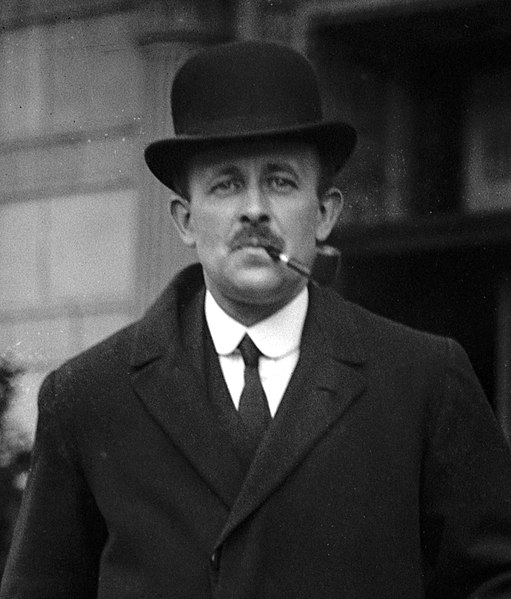A flame fougasse is a type of mine or improvised explosive device which uses an explosive charge to project burning liquid onto a target. The flame fougasse was developed by the Petroleum Warfare Department in Britain as an anti-tank weapon during the invasion crisis of 1940. During that period, about 50,000 flame fougasse barrels were deployed in some 7,000 batteries, mostly in southern England and a little later at 2,000 sites in Scotland. Although never used in combat in Britain, the design saw action later in Greece.
A demonstration of 'Fougasse', somewhere in Britain. A car is surrounded in flames and a huge cloud of smoke. c 1940.
Safety fougasse installation diagram.
Fougasse charge diagram.
Demigasse installation diagram.
Petroleum Warfare Department
The Petroleum Warfare Department (PWD) was a government department established in Britain in 1940 in response to the invasion crisis during World War II, when Germany apparently would invade the country. The department was initially tasked with developing the uses of petroleum as a weapon of war, and it oversaw the introduction of a wide range of flame warfare weapons. Later in the war, the department was instrumental in the creation of the Fog Investigation and Dispersal Operation that cleared runways of fog allowing the landing of aircraft returning from bombing raids over Germany in poor visibility, and Operation Pluto, which installed prefabricated fuel pipelines between England and France soon after the Allied invasion of Normandy in June 1944.
Maurice Hankey, 1921
An extant static flame trap tank, near Gifford, East Lothian, Scotland
A demonstration of "fougasse", somewhere in Britain: A car is surrounded in flames and a huge cloud of smoke, circa 1940.
RFA War Nawab, one of the ships involved in Operation Lucid







